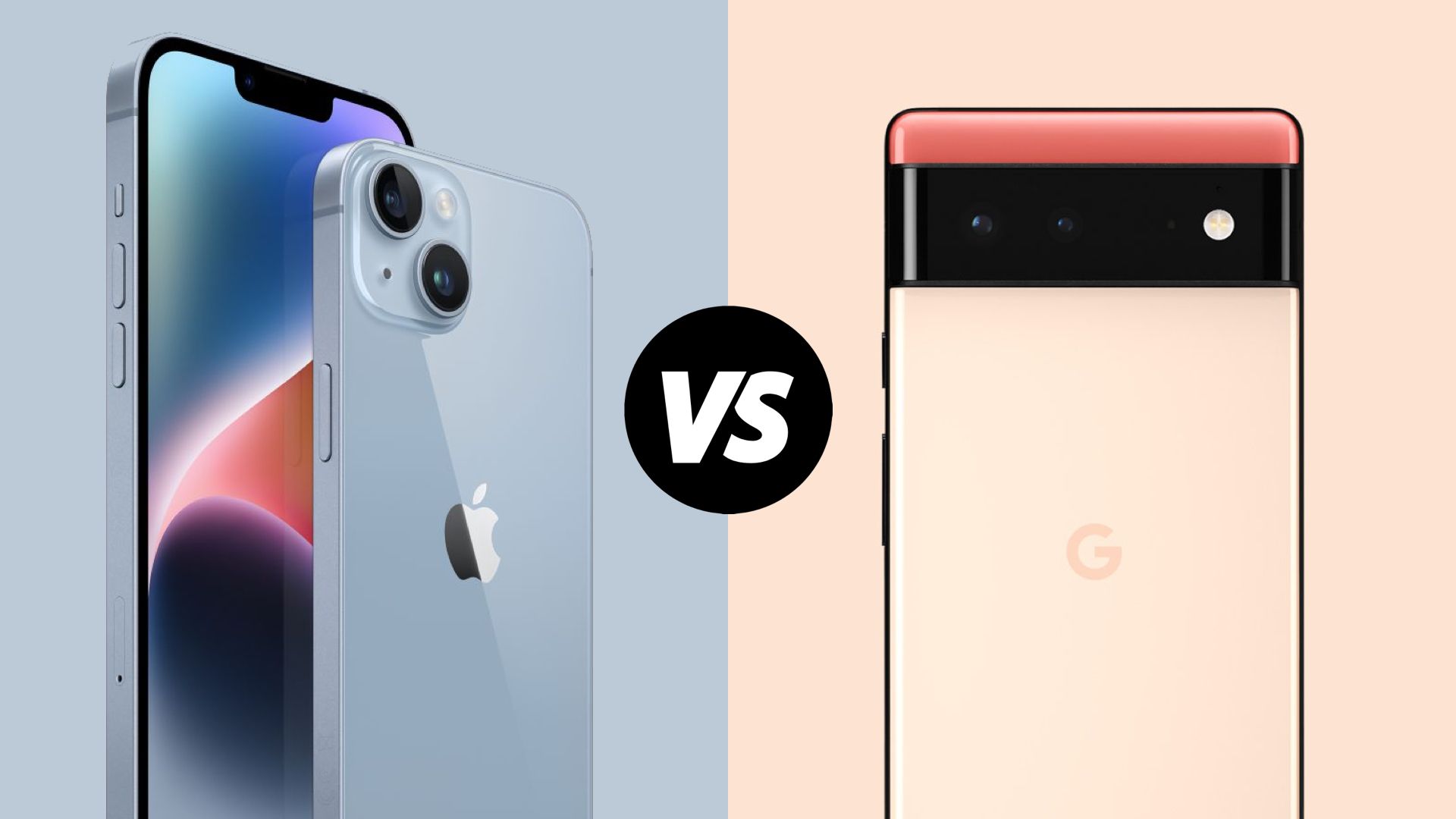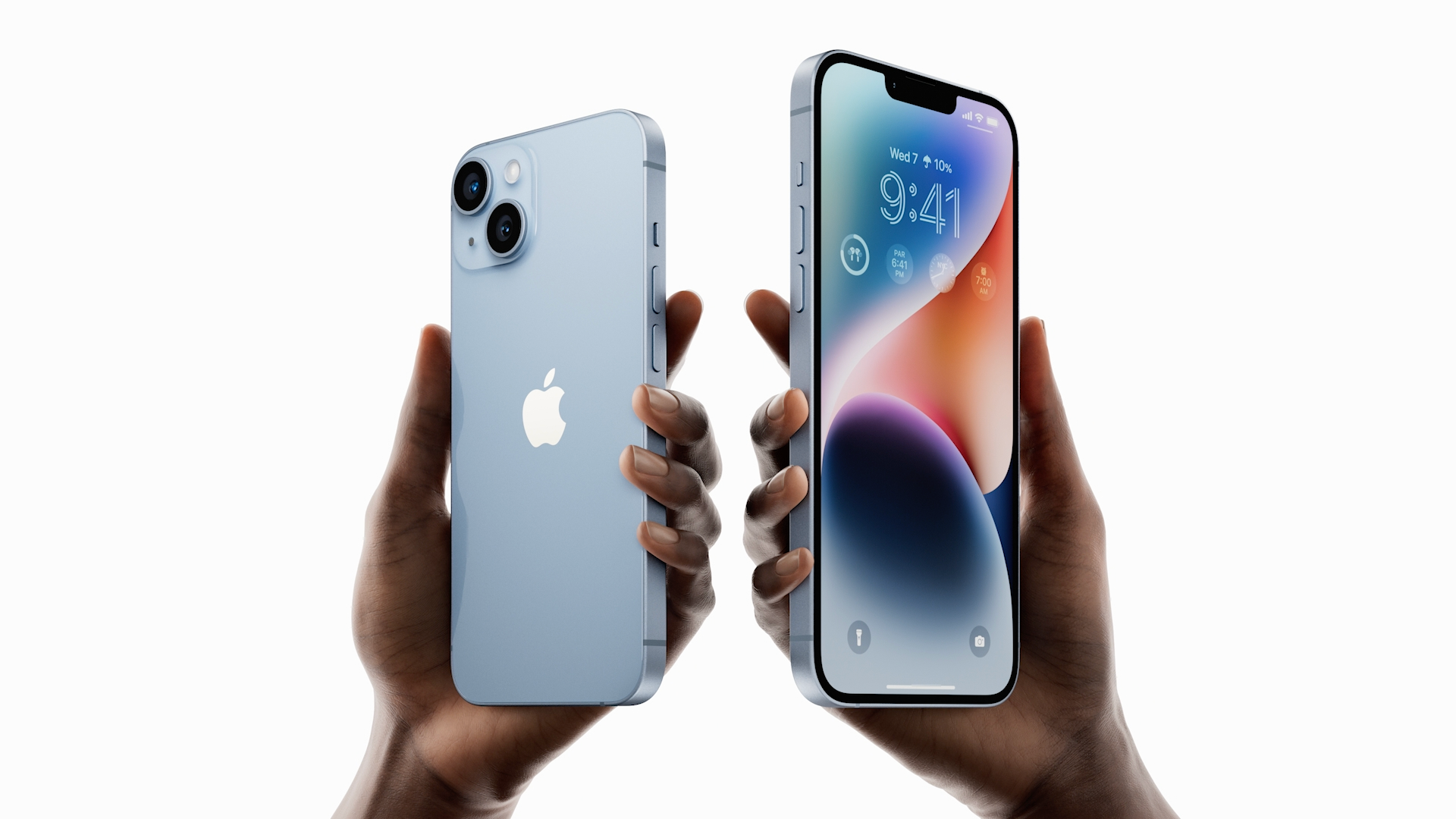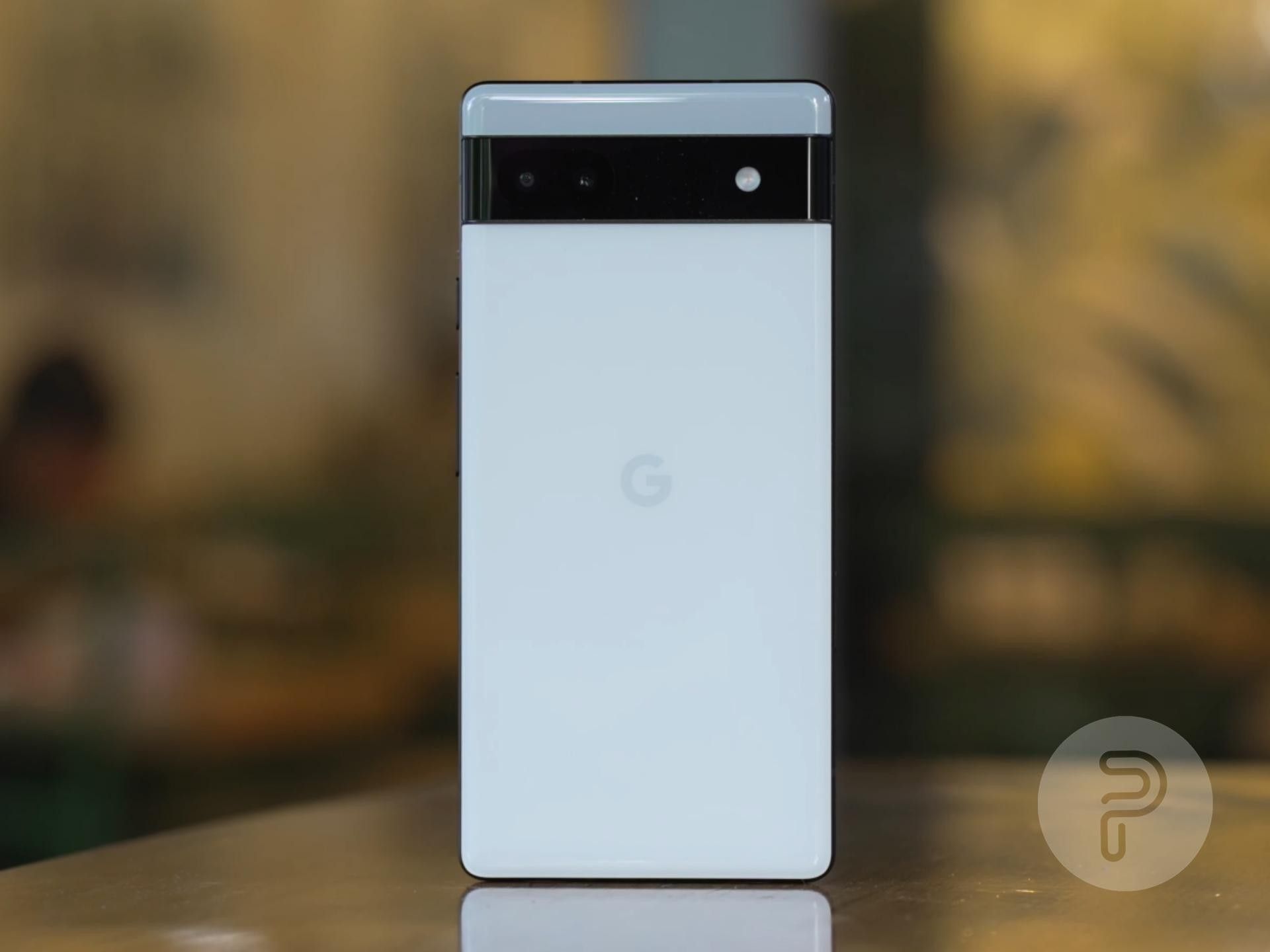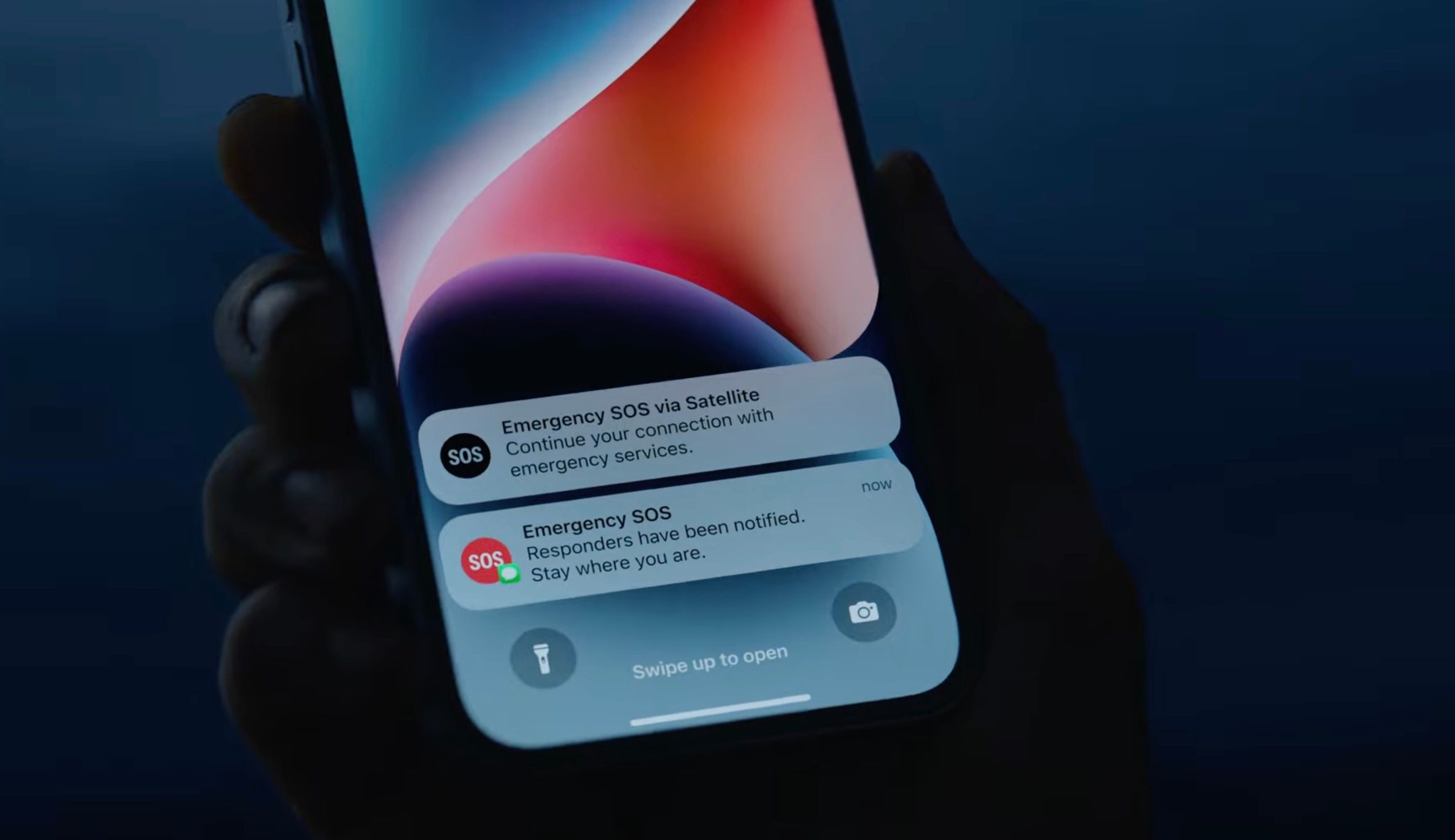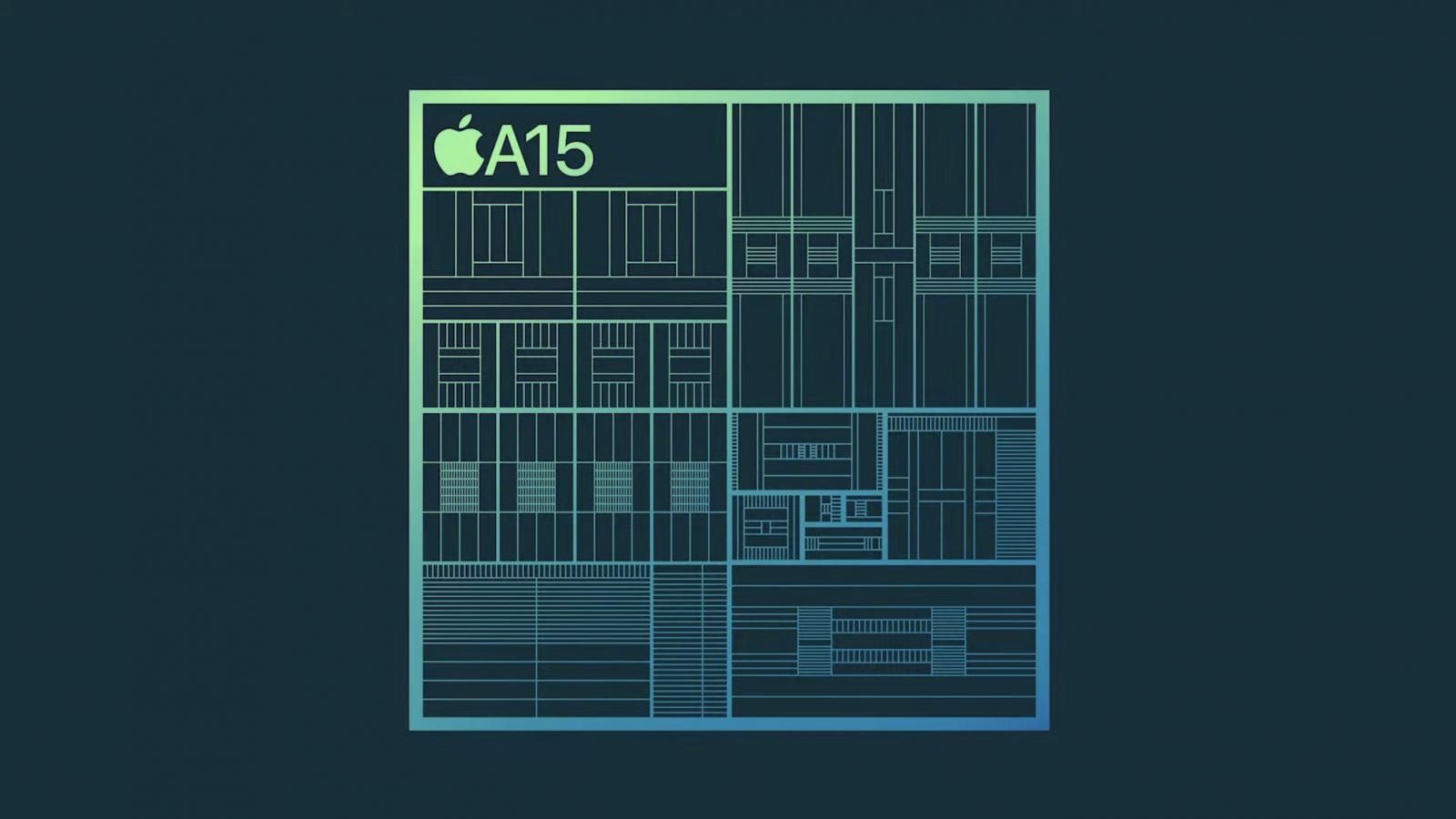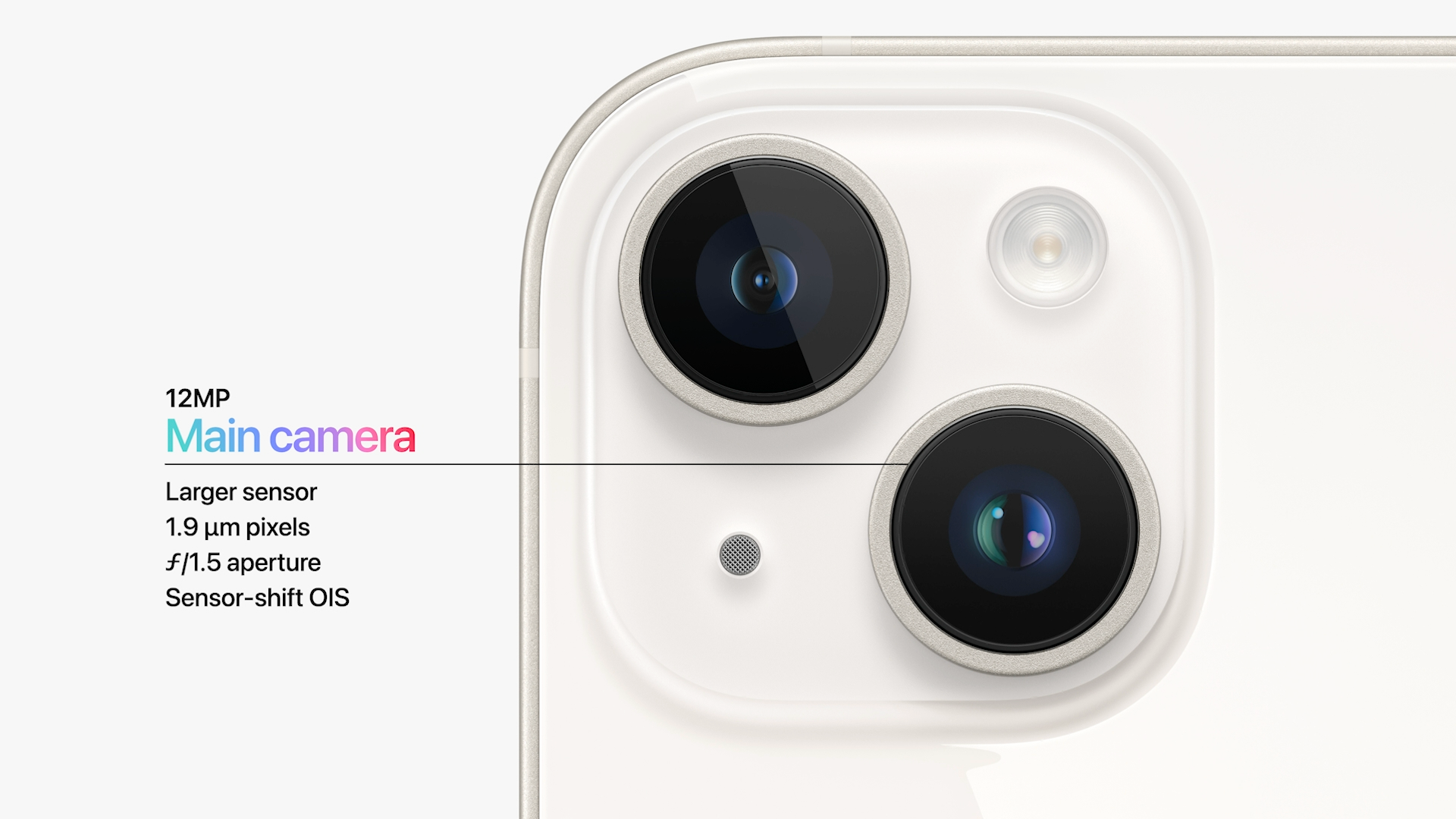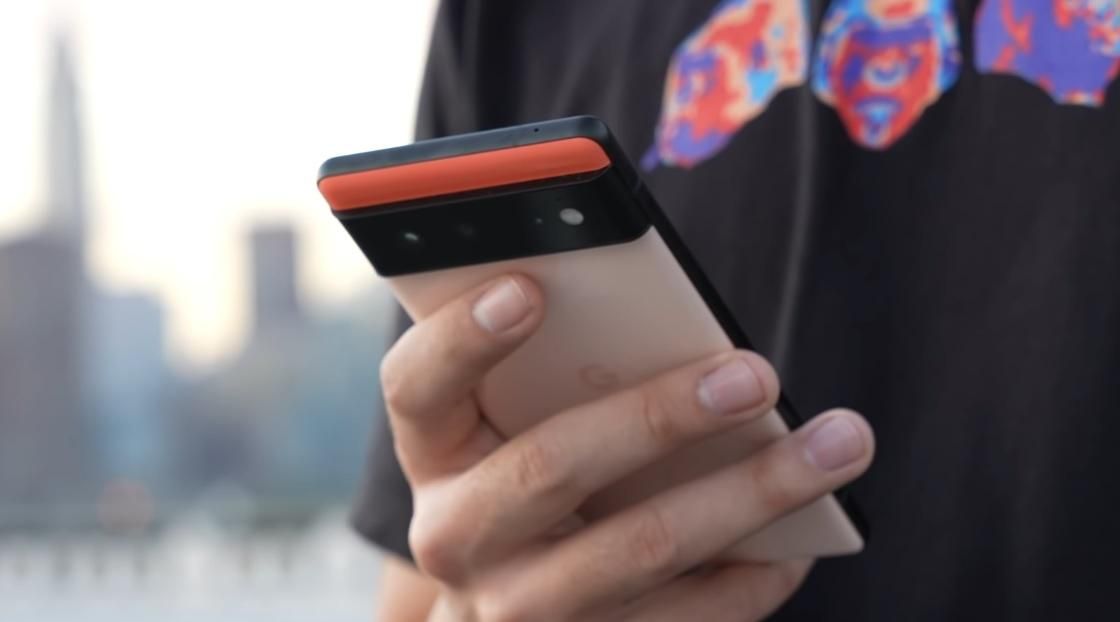Apple introduced the iPhone 14 earlier this week. For the $799 price tag, the entry-level smartphone from Apple offers a lot, including the new 12MP cameras, a better chipset compared to iPhone 13, and a lot more. On the other hand, Google’s entry-level Pixel 6 costs only $599 (less through carrier and retail offers) and offers tough competition to Apple’s new iPhone 14.
Even though Google will introduce the next generation of the Pixel series — the Pixel 7 and Pixel 7 Pro — next month, I still believe it's worth taking a look at how the entry-level flagships from the two big brands in the United States compare. Without further ado, let's take a look at iPhone 14 vs. Pixel 6 and see which smartphone deserves a place in your pocket.
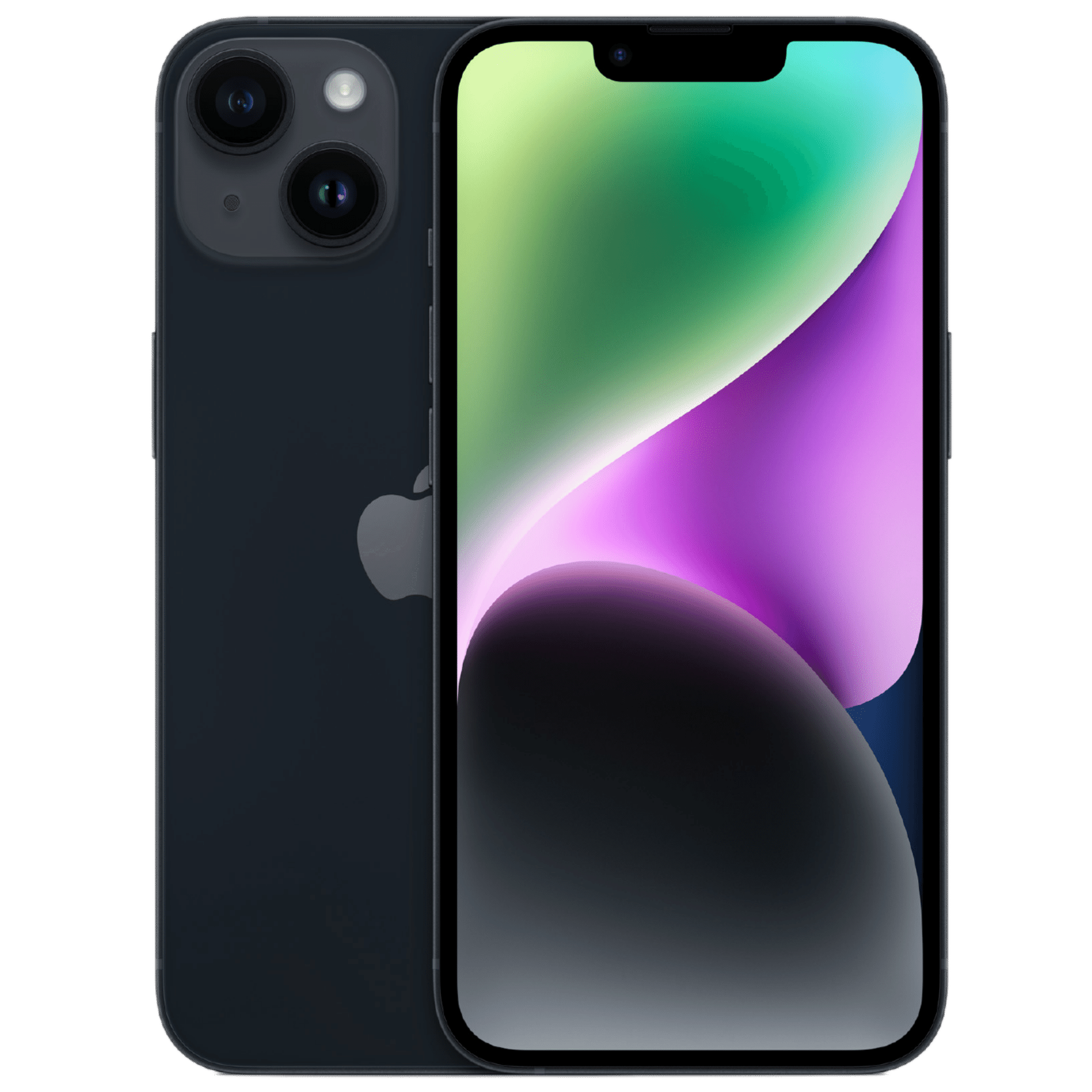
Apple iPhone 14
iPhone 14 joins the market as the smartphone to pick if you want a high-tier of performance, great cameras, and battery life that will last you through a day of use with ease.
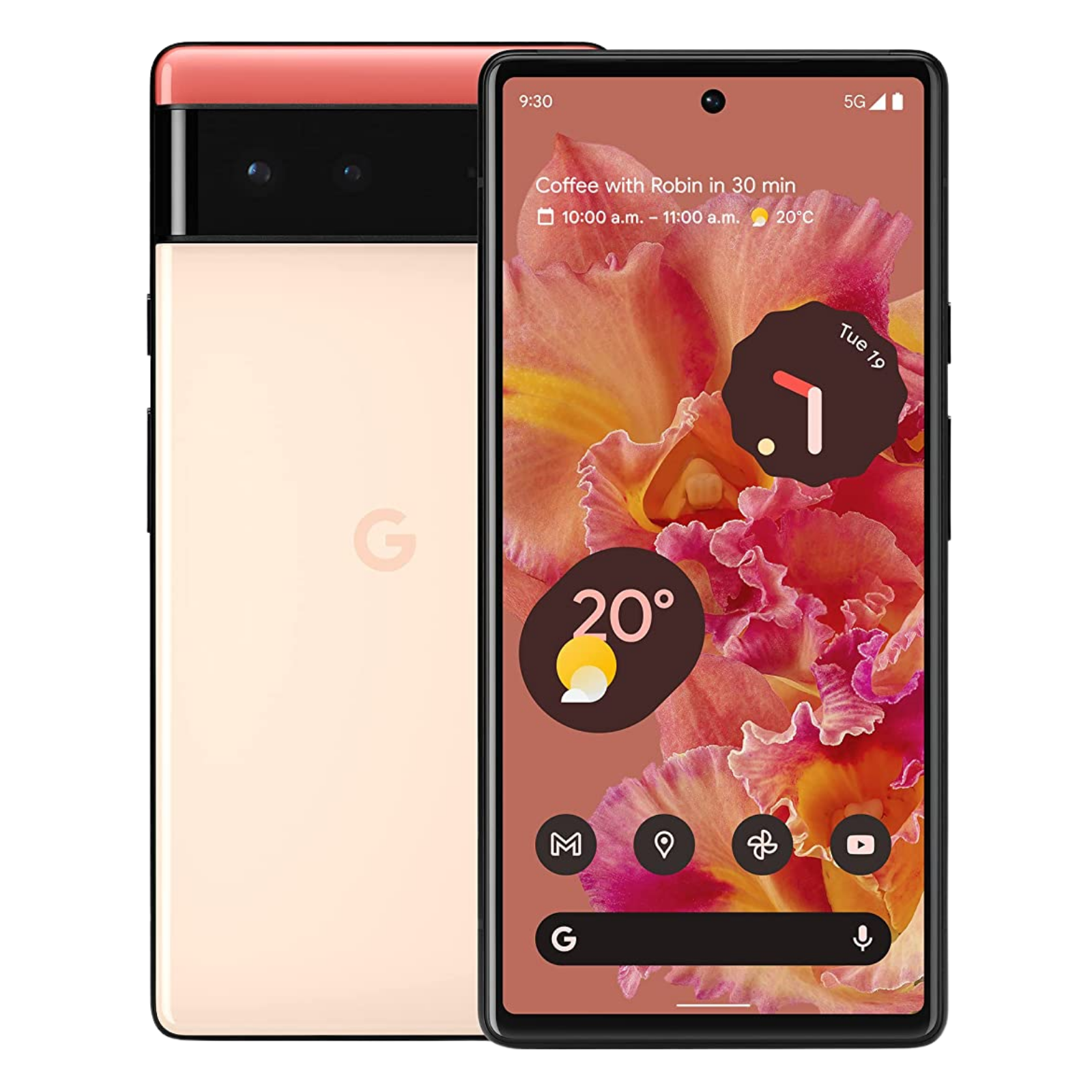
Google Pixel 6
The Google Pixel 6 is the more compact and affordable variant from the new flagship series. It features most of the same features and comes with the same primary and ultrawide camera as the Pixel 6 Pro.
Technical Specifications
|
Smartphone |
iPhone 14 |
Pixel 6 |
|---|---|---|
|
Operating System |
iOS 16 |
Android 13 |
|
Dimensions |
146.7 x 71.5 x 7.8 mm |
158.6 x 74.8 x 8.9 mm |
|
Weight |
172 grams |
207 grams |
|
Build |
|
|
|
Display |
6.1-inch, Super Retina XDR OLED, 2532 x 1170, 60Hz |
6.4-inch, OLED, 1080 x 2400, 90Hz |
|
Processor |
Apple A15 Bionic |
Google Tensor |
|
RAM |
6GB |
8GB |
|
Internal Storage |
128GB, 256GB, 512GB |
128GB, 256GB |
|
Rear Camera |
|
|
|
Front Camera |
12MP, f/1.9 with auto-focus |
8MP, ƒ/2.0 aperture |
|
Battery |
NA mAh |
4614 mAh |
|
Charging |
|
|
|
Security |
Face ID |
Under-display Fingerprint Scanner |
|
Connectivity |
Emergency SOS via satellite, 5G, Wi-Fi 6, Bluetooth 5.3, NFC |
5G, Wi‑Fi 6, Bluetooth 5.2, NFC |
|
Ports |
Lightning Port |
USB-C |
|
Water Resistance |
IP68 |
IP68 |
|
Colors |
Black, White, Blue, Red, and Purple |
Storm Black, Sorta Seafoam, Kinda Coral |
|
Price |
$799 |
$599 |
Design
Starting off with the design, you’ll notice that the exterior look of the iPhone 14 is the same as last year’s iPhone 13. This is, in fact, because the design has been left unchanged. The phone still comes with the squared-edge glass-sandwich build with aluminum side rails and Ceramic Shield protection. The only major difference design-wise is the new color options. So, if you’re previously opinionated about the design differences between the two, they’ll mostly remain the same.
On the other hand, Google Pixel 6 features a minimal, simple-looking design. It comes with a horizontal camera bar that stretches from the left edge to the right and a two-tone colorway. Taking a look at the build of the Pixel 6, it keeps the glass back in line with its Pro sibling (despite costing a lot less) and an aluminum frame. The Google phone features an IP68 rating, as does the new iPhone 14.
When comparing the weight and the size of the two smartphones, you should know that the Pixel 6 is a lot bigger than the iPhone 14. The Google smartphone is almost 8% taller, 5% wider, and a whole mm thick. Even in terms of weight, the Google Pixel 6 is quite heftier than the iPhone 14, weighing 207 grams compared to 172 grams. In other words, if you want a low-weight and compact smartphone, the iPhone 14 would be a better choice.
Display
The iPhone 14 sizes at 6.1-inches, whereas the Pixel 6 has a 6.4-inch display. Both panels have FHD+ resolution with some numbers variance due to the size difference. Regardless, each panel is sharp enough to ensure the content viewed looks great. One advantage that the Pixel 6 has over the iPhone 14 in terms of the display is that its screen has a refresh rate of 90Hz.
On the other hand, the iPhone 14's display refresh rate is limited to only 60Hz. In this day and age, when even social media apps are resource-intensive, having a high refresh rate display ensures that customers have a smooth experience. If you're someone who's nit-picky about the display, stutters, and lags, we would recommend you to prefer the Pixel 6 over the iPhone 14.
Processor
The iPhone 14 is powered by the same A15 Bionic found on the last year's iPhone 13 series. The only difference between this year's A15 Bionic and last year's A15 Bionic SoCs is that the new chip features a new 5-core GPU, while the last year's chipset had a 4-core GPU. It’s not a major improvement, but it’ll likely help graphics-intensive games ever so slightly better.
On the other hand, the Pixel 6 is powered by Google's Tensor chipset. This custom chip from Google is built on the 5nm node process and features an octa-core CPU containing two Cortex-X1 cores clocked at 2.8GHz, two Cortex-A76 cores clocked at 2.25GHz, and four Cortex-A55 cores clocked at 1.8GHz. It offers advanced ML and AI capabilities, enabling features like Face Unblur, Magic Eraser, and more.
Nevertheless, both smartphones are powered by flagship processors and won't show any major differences in day-to-day usage and will be able to handle any task you throw at them with ease.
Camera
The iPhone 14 ships with a dual-camera setup on the back. This setup includes a 12MP primary sensor with an f/1.5 aperture and a 12MP ultra-wide sensor. Yes, the iPhone 13 shipped with a similar setup, but Apple says that the new 12MP primary sensor should help with better low-light performance. While we're yet to test the cameras on the iPhone 14, they'll likely perform similarly to the cameras of the last year's iPhone 13, and they were not disappointing at all.
On the other hand, the Google Pixel 6 ships with a 50MP primary lens and a 12MP ultra-wide sensor. The setup on this device works with Google's computational prowess to provide a great experience, about which you can learn about more in our Pixel 6 Review. Although, the 8MP front sensor is a clear letdown. Overall, the camera hardware setups on these devices will result in great photos, and you won't be disappointed with either of them.
Battery
While there is no information on the exact battery size of the iPhone 14, it is 0.1mm thicker than the iPhone 13, suggesting it comes with a bigger cell inside. The iPhone 13 easily survived a full workday on a single charge. Moreover, given that it packs the same chipset as its older sibling, we’d expect similar or nearly identical results on the iPhone 14. There’s a chance that the battery may be ever so slightly better, but it’s too early to tell, and we’ll have to conduct more tests.
On the other hand, the Google Pixel 6 ships with a 4,616 mAh cell. While Google doesn't offer a wattage claim, it does say that the device can charge up to 50% in 30 minutes. It's also worth noting that both the smartphones support wireless charging, with the iPhone 14 peaking at 15W with MagSafe and Pixel 6 capping at 21W with the second-generation Pixel Stand.

Apple iPhone 14
iPhone 14 joins the market as the smartphone to pick if you want a high-tier of performance, great cameras, and battery life that will last you through a day of use with ease.

Google Pixel 6
The Google Pixel 6 is the more compact and affordable variant from the new flagship series. It features most of the same features and comes with the same primary and ultrawide camera as the Pixel 6 Pro.

